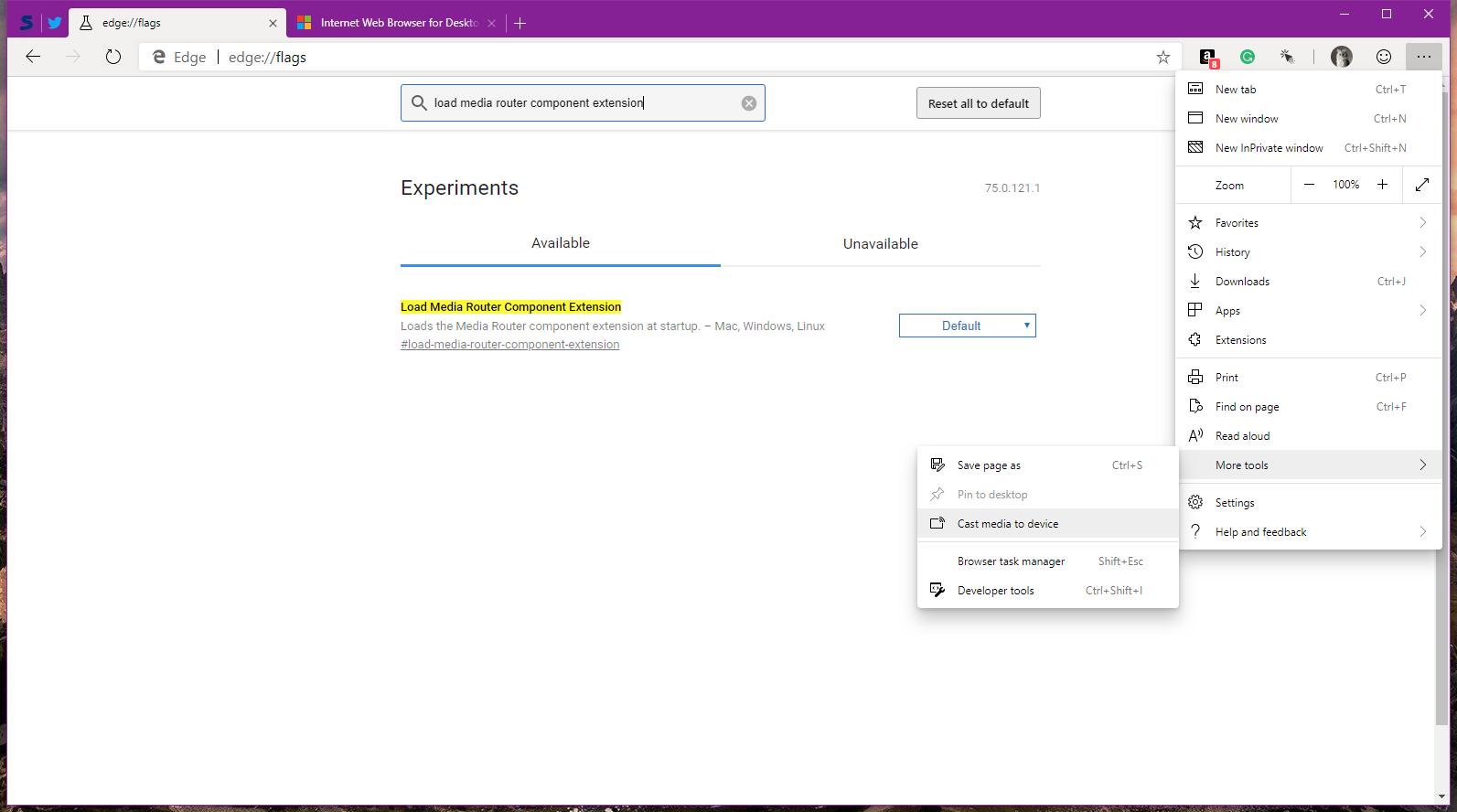

ANGLE, Web Audio, Brotli) and we’ve begun making contributions to the Chromium project to help move browsing forward on new ARM-based Windows devices. We’ve also used open source for various features of Microsoft Edge on the desktop (e.g.

Our new mobile browser has been based on open source from its beginnings over a year ago. Working with open source is not new for Microsoft Edge.

And of course, we and all those audiences care primarily about the end-user, who is ultimately the audience this work is intended to benefit. The audiences we think will find this document most relevant and useful are (a) the people working on Chromium as approvers/maintainers and leading that project (b) the companies and engineers who build other browsers and will be interested in the contributions we plan to make, and (c) the broader community of web developers, corporate IT managers and partners we work with on Windows and Microsoft Edge. This document exists to clarify our thinking on how that work will proceed: we want to explain our plans and intentions related to Microsoft Edge and the Chromium open-source project. We are starting down a path to adopt Chromium open source in the development of Microsoft Edge on the desktop, becoming a larger contributor and user of its open source so that we can create better web compatibility for our customers and less fragmentation of the web for all web developers. Microsoft Edge and Chromium Open Source: Our Intentįor the past few years, Microsoft has meaningfully increased participation in the open source software (OSS) community, becoming one of the world’s largest supporters of OSS projects.


 0 kommentar(er)
0 kommentar(er)
